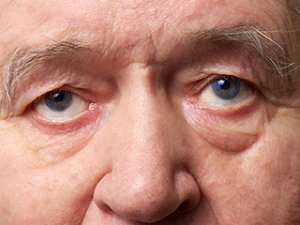


Nystagmus
Nystagmus is a vision condition characterized by repetitive, uncontrolled eye movements. These involuntary eye movements may be side-to-side, up and down, or in a circular pattern, which hinders the eyes’ ability to focus on a steady object. Individuals with nystagmus...
Astigmatism
Many correctable vision problems are caused by abnormal eye anatomy. Very few people have perfectly shaped eyes that facilitate ideal vision. Rather, most people have some degree of abnormal curvature or other anatomical irregularities that cause slight visual...
Eye Occlusions
An eye occlusion is a blockage in one of the arteries or veins supplying blood to the retina and/or optic nerve. These blockages can cause severe and sudden vision loss. Contact your eye care professional immediately if you experience sudden vision loss, and follow up...
Optic Neuritis
Also known as demyelinating optic neuritis, optic neuritis refers to the inflammation of the optic nerve due to the loss of or damage to a protective covering called myelin, which surrounds the optic nerve. The myelin is essential to the function of the optic nerve. A...

